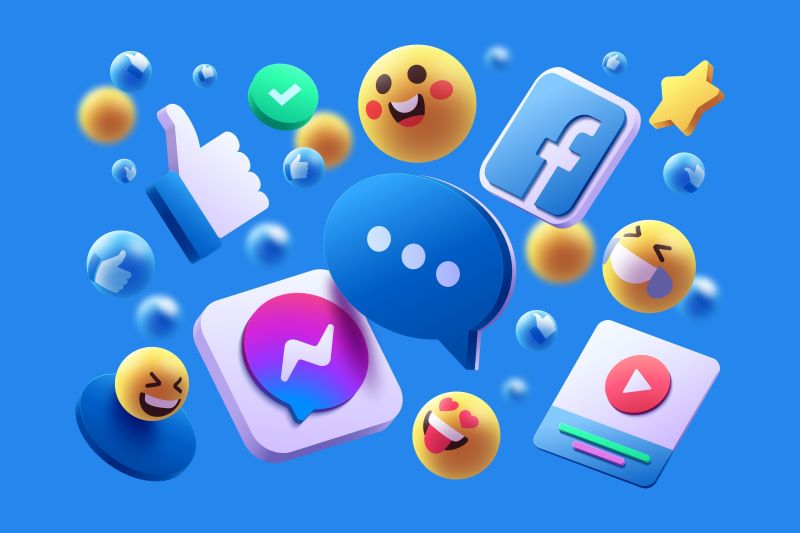
🤔 What are emojis?
But with so many emojis available, it can be difficult to know which ones to use and when. In this guide, we’ll cover everything you need to know about using emojis in your writing, from the basics of emoji language to advanced strategies for using emojis effectively.
Emojis are small, digital images or icons used to convey emotions, ideas, or concepts in electronic communication. The term “emoji” comes from the Japanese words for “picture” (e) and “character” (moji). Emojis are often used to add emotional context to messages and help convey tone or sarcasm in digital communication where tone can be difficult to interpret.
🔤 Understanding emoji language
Emojis can be used to convey a variety of emotions, actions, and ideas. Understanding the meaning behind each emoji is important to ensure that your message is interpreted correctly. While some emojis have a universal meaning, others can have different connotations depending on the context or cultural background of the reader. For example, the 👌 emoji is generally used to signify “okay” or “good,” but in some cultures, it can be considered an offensive gesture.
🎨 Choosing the right emojis
When choosing emojis to use in your writing, it’s important to consider the tone and context of your message. Emojis can be used to convey a range of emotions, from excitement and happiness to sadness and frustration. Additionally, certain emojis can help to convey a specific theme or topic. For example, the 🚀 emoji can be used to convey a sense of excitement and anticipation, while the 🌿 emoji can be used to convey a message related to nature or environmentalism.
💻 Using emojis in digital communication
Emojis can be used in a variety of digital communication channels, including email, social media, and messaging apps. When using emojis in professional settings, it’s important to consider the audience and the tone of the message. While emojis can add personality and emphasis to your writing, they can also be seen as unprofessional or inappropriate in certain contexts. For example, using emojis in a formal business email may not be appropriate.
🌟 Advanced strategies for using emojis
In addition to adding emphasis and personality to your writing, emojis can also be used to increase engagement and promote your content. For example, using emojis in social media posts can increase engagement and help your content stand out in a crowded feed. Additionally, some businesses have started using branded emojis as a way to promote their brand and increase visibility.
📈 Emoji usage statistics
According to a study by Emojipedia, the most popular emojis in 2021 were 😂, ❤️, 🤔, 😭, and 🥺. Additionally, the use of emojis in digital communication has increased significantly in recent years, with a 20% increase in the use of emojis in the past year alone.
📝 Summary
In conclusion, emojis can be a valuable tool for adding personality and emphasis to your writing. When choosing emojis to use, it’s important to consider the tone and context of your message, as well as the potential connotations of each emoji. By understanding the basics of emoji language and using advanced strategies for emoji usage, you can make your writing stand out and increase engagement with your audience.
| Emoji | Meaning |
|---|---|
| 👌 | Okay, good |
| 🚀 | Excitement, anticipation |
| 🌿 | Nature |



